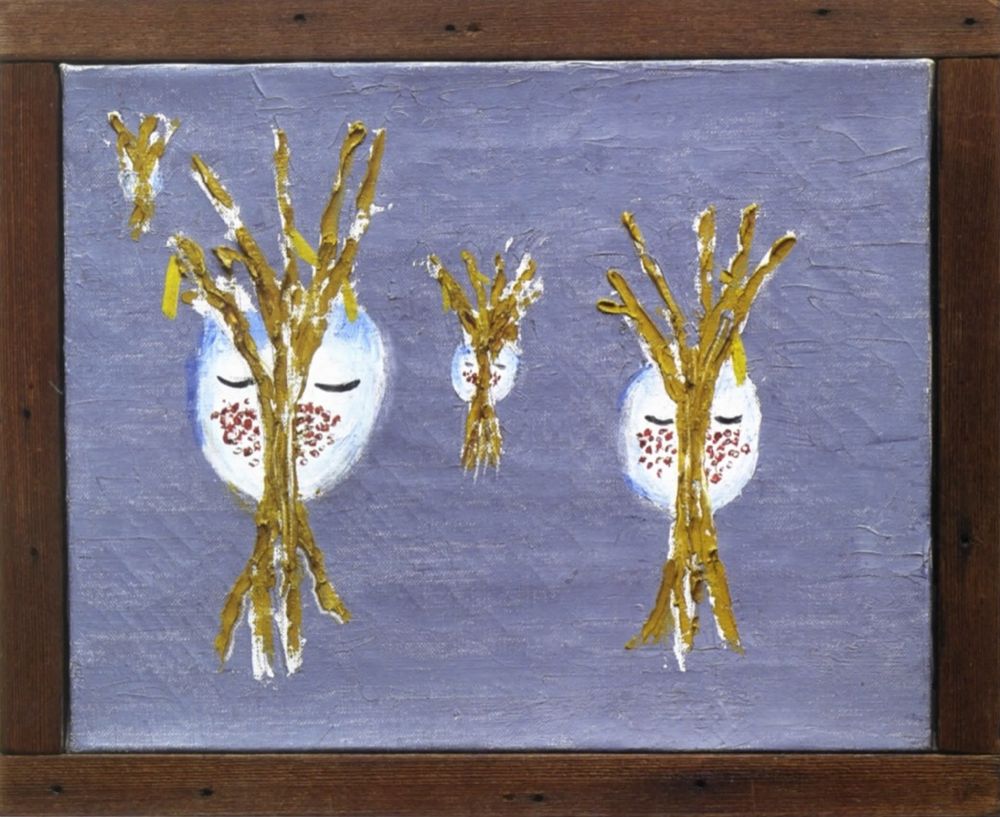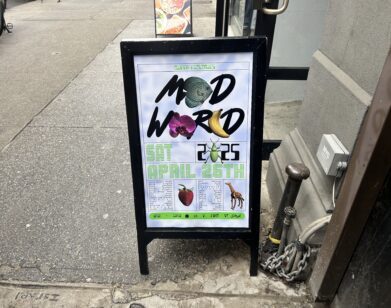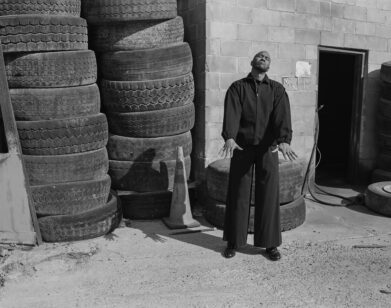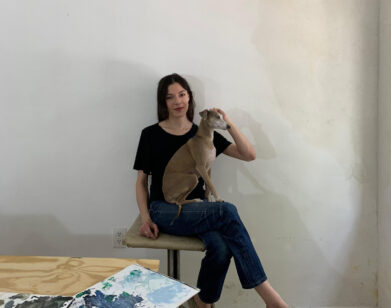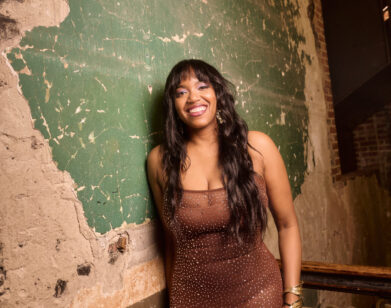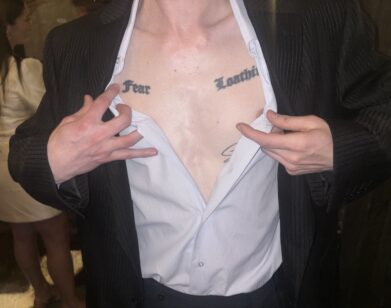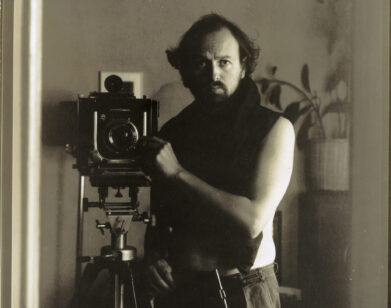Forrest Bess’ Crowded Mind
“As far as my work is concerned, I cannot bring myself to believe that the basis for it lies in an aberration,” fretted Forrest Bess in a letter to his friend Meyer Schapiro.1 In a world in which artists are deified, Bess, who died in 1977, seems the ideal subject. Born and raised in Texas, Bess spent most of his life in isolation along the Gulf Coast. In the morning, he worked with his father at their bait shop. In the afternoon, he would venture out into the sea to catch more bait shrimp. At night, he would dream in “Technicolor” and the images that he would paint—and their playful, prescient titles such as The Crowded Mind, Here is a Sign, That is the Key to the Riddle—would appear to him. Throughout his career, he worried about his mental health.
Everything about Bess was unusual in the booming post-World War II New York art world; “I feel like a pelican in a church,” he told his gallerist, the famous Betty Parsons, of his first visit to New York.2 His manner was gruff, but his temperament exceedingly sensitive and self-aware. His work was instinctual; as the art critic John Yau notes in Chuck Smith’s documentary on Bess, Forrest Bess: Key to the Riddle (1999), “These paintings seem to have come directly from his eyes—closed or open—down through his hands and onto the canvas… you don’t feel him discovering the image through the process of painting.” The search for a concrete meaning in his paintings, however, tormented him. Even Bess’s canvases are strikingly small. “They’re all about the size of your head,” says Smith. “It’s like you’re looking into someone’s mind… they really require attention.”
“The canvases I paint are statements,” Bess wrote to Parsons in 1949. “Each one is a statement of what I don’t know. I am only a conduit through which they pass, and there are times I suffer much because I don’t know how.”3 Eventually, Bess developed a passion for the writings of Carl Jung and decided the only way to live a peaceful existence was to physically unite his male and female sides and become a pseudo-hermaphrodite.
Bess’ one consistent connection to the New York art world was the affecting, introspective letters he would write to the revered art critic Meyer Schapiro, Parsons, and a few others. In these, Bess would debate his sexuality, his sanity, and how to achieve self-acceptance. “I love with a great compassion from the sidelines the great beauty of line and color and form,” he told Parsons in a 1949 letter. “I know that the actual possession and fulfillment of love is not my lot—yet I can look and admire and hope.”4
It is easy to get distracted by the more extreme elements of Bess’ theories and exoticize him as a madman artist. Easy, that is, until you read his letters. “I will admit, I am all of the things people say I am—I am stupid, I am naieve (and I can’t spell), I can’t write, and I ‘Really must be a character, personally,’ quoting Art News,” wrote Bess to Schapiro in 1959.5 Fourteen years after his documentary on Bess, Chuck Smith is releasing his meticulous research, including many of Bess’ letters, in a monograph also titled Forrest Bess: Key to the Riddle (Powerhouse Books). Buddhist scholar and famous father Robert Thurman, who met Bess when he was just 19 and had yet to visit Tibet, provides the book’s introduction. “There’s a little club of Forrest Bess aficionados, and luckily that number is growing,” explains Smith. “He’s sort of a painter’s painter. I think there are people who sort of emulate him,” he continues, “but they’re probably trying too hard. That’s just the way he was.”
“Betty Parsons is always very curt. In the book, I depended more on Meyer Schapiro. They had a more intimate writing relationship,” observes Smith. “They were in synch, because [Schapiro] was starting to think about his own dreams. He would write back to Forrest saying, ‘I dreamed about a necktie the other day, do you think it could have been a penis?'” Smith laughs. “Meyer Schapiro was the straightest, most gregarious guy.”
1. Chuck Smith, Forrest Bess: Key to the Riddle, Powerhouse Books, 2013, p. 45.
2. Ibid, p.10
3. Ibid, p.12
4. Ibid, p.18
5. Ibid, p.93
FORREST BESS: KEY TO THE RIDDLE IS AVAILABLE FOR PURCHASE ON AMAZON.

